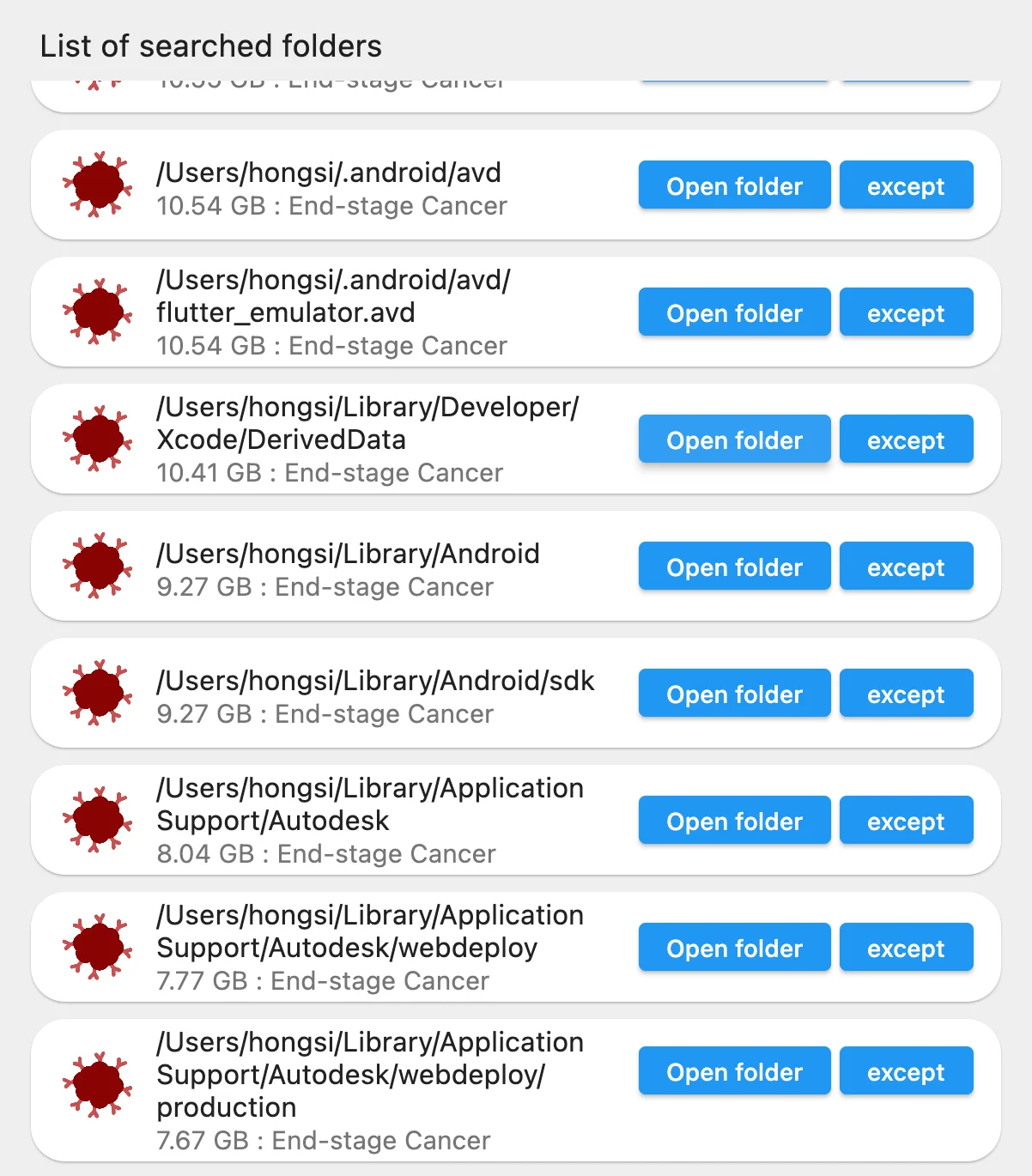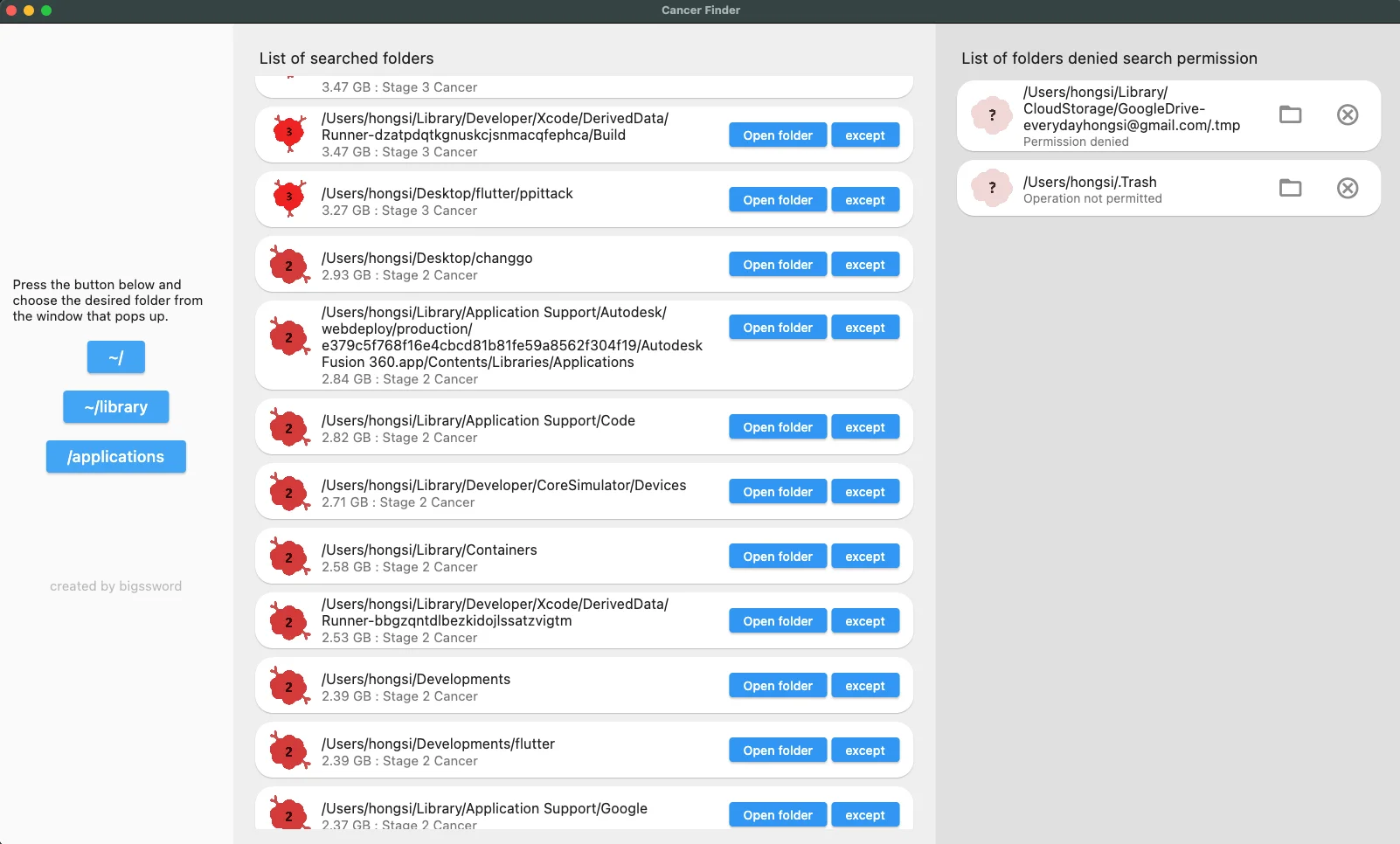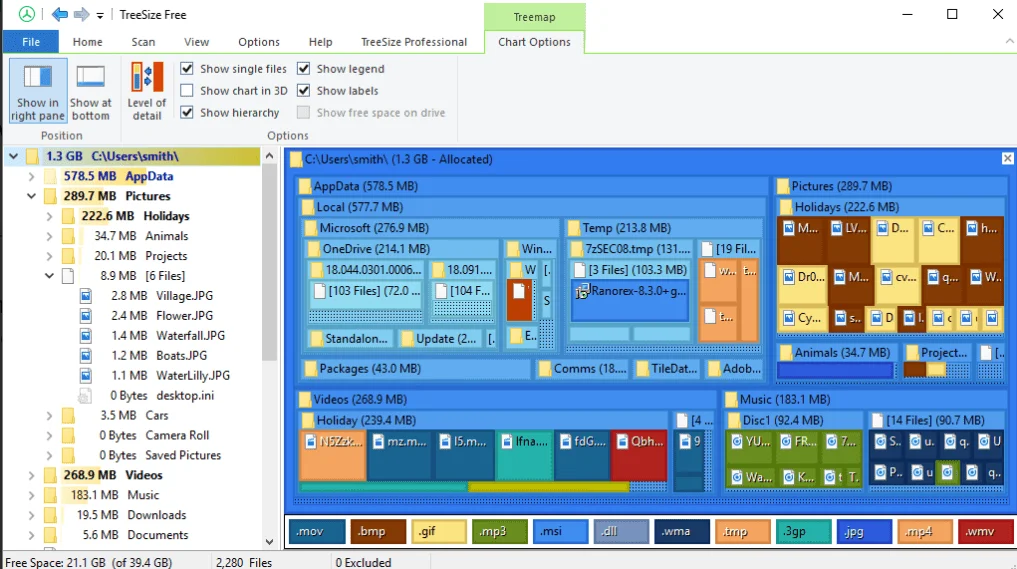
Hello, I’m Alto Lee, a writer at MacSpoon.
Many MacBook users are frustrated upon discovering that ‘System Data’ is consuming a significant portion of their MacBook’s storage. Unfortunately, the internet is flooded with incorrect information, ineffective solutions, and superstitious beliefs, causing even more confusion. Today, I’m going to share some facts I’ve discovered over the past year about reducing system data through MacBook storage management.aaa
I’ve developed an app called cancerfinder (tip) due to recurring issues with system data deletion, and I’ve been using my MacBook without any problems. My MacBook has a total capacity of only 208GB, and as a developer, I regularly download and delete various programs, yet I manage my storage sustainably without major issues.
I will provide information based on actual inquiries from over 1,000 users who have downloaded the app.
The Only Real Way to Delete MacBook System Data When is huge

What is System Data?
System data is often thought of as essential, undeletable data related to the core system of a Mac. However, on MacBooks and iMacs, MacOS often erroneously includes different types of deletable data in the system data calculation. This issue is similar to the previous ‘Other’ storage category.
Reasons Why System Data Increases
Various backup files
Useless folders left from installing and uninstalling programs
Documents, applications, etc., being incorrectly calculated as system data
System data typically arises from these three sources. What we see as an increase in ‘System Data’ is merely a cognitive dissonance, requiring a natural cleaning process of deleting unnecessary data.
Whether it’s applications, documents, or any other files, the key is to delete what needs to be gone to free up space, not misconceptions about fundamental flaws in the Mac operating system, receiving a defective Mac, or having a virus.

Three Myths About System Data
- Does it disappear if you wait or reboot?
- Can you delete unused folders or useless programs with just one click?
- Can clearing cache or logs solve the problem?
Does It Disappear If You Wait or Reboot?
In iPhones, there is a phenomenon where system data temporarily disappears, and some people have found a solution to this. For example, if an app is launched and, due to an error or some other reason, it starts generating cache or log files in a loop, and then deletes these files and shuts down when the program is closed, rebooting alone could potentially recover the system data.
However, this is clearly a bug in the program, and it’s implausible for it to occupy such a large amount of storage.
The likelihood of system data being miscalculated upon reboot is much higher than the possibility of inflated, non-existent system data.
This is merely a temporary solution. Moreover, the belief that such a reboot could solve similar issues on MacBooks or iMacs is almost akin to superstitious belief, especially from a developer’s perspective.
Can Delete Unused Folders or Useless Programs with Just One Click?

VMware VMs are also showing up in searches as massive files, occupying a lot of space. This means that just because they appear in a search, they shouldn’t be deleted immediately. Users need to consider and decide whether to delete these files. Please take note. ( Translated from Korean )
There was a review on the CancerFinder app a while back which expressed strong discomfort with the notion that users should be the ones to deliberate over such decisions.
But let’s think about it.
The reviewer didn’t consider VMware as something to delete because they thought they might use it someday.
However, in another scenario, someone might be surprised to find that files related to VMware, which haven’t been used for years, are taking up so much space and decide to delete them immediately.
Another person might not use VMware for years but decides not to delete it, thinking they might use it someday.
The decision to delete or not to delete is solely up to the ‘user’. It’s something that no one else can do for them.
The idea that a developer creating an app can anticipate the user’s mindset and reduce storage space with a single click is an implausible superstition.
Can Clearing Cache or Logs Solve the Problem?
Typically, cache and log files, as indicated by their names, are very small in size. Therefore, it’s not appropriate to mention them in the context of issues where system data is ballooning to 100GB or 300GB. What we need to look for is some abnormal event.
Of course, if cache and log files have accumulated over 10 years, deleting them might solve the problem, but that’s not a typical situation.
Similarly, suggestions like deleting the Downloads folder or emptying the Trash to free up system data are all akin to superstitions, as they are too obvious and often not the solution to the problem.

Fundamentally, the issue of reducing system data can be resolved by deleting large folders that are not in use (tip). There is no silver bullet, nor is there a magical flying carpet.
Two Real Ways to Delete System Data
Delete Backup Data
Backup data is not actively used and can often occupy significant space. If it’s not essential, it should be deleted.
- Watch iCloud
iCloud backups can duplicate on your MacBook. If you’ve backed up to iCloud, there’s no need to keep a copy on your MacBook as well.
- Monitor Xcode
For developers, backups can occur with every build in Xcode.
|
|
Visit the related backup folders and delete them.
Non-developers can consider deleting Xcode itself if it’s not being used. Even if you delete it, you can get it again when you need it, so if you are experiencing system data problems, I recommend deleting it.
- Delete Time Machine Backup Data
Time Machine is used to restore a Mac to a previous state. If you’ve set up backups, data can accumulate. However, Time Machine usually uses an external drive for backups, so it may not directly help with system data issues.

Delete Useless Folders
Whether it’s programs, documents, videos, or caches, find and delete them. If they’re taking up a lot of space, just delete them.
All you have to do is quickly figure out whether it is a file you need or is related to a program you are using and delete it.
MacOS will ask for administrative permission before deleting important files, so don’t worry too much about making mistakes.
This process is simple.
Finding hidden folders that are large in size and not in use (tip) is not an easy task. It’s like taking a shower every day or cleaning regularly – it’s something we naturally should do. This isn’t a process that can be resolved with just a single click.
Complex problems sometimes unravel surprisingly easily through simple repetition.
Initially, I manually checked every folder for its size and deleted those that were large and unnecessary. After discovering and removing a few such ‘cancerous’ folders, I saw a significant reduction in system data, which convinced me that this solution was correct.
However, this process was tedious and required continuous effort. As a result, quite naturally, I ended up creating an app interface that implements this method, called ‘CancerFinder’.
Introducing cancerfinder’s Features

While cancerfinder doesn’t offer a ‘one-click’ solution to reduce system data, it does provide a comprehensive view of all folders by size, helping you manage your storage effectively.
- Open and view folder contents directly.
- Delete folders you don’t need.
- Exclude folders from the list for easy management.
If you encounter complex folders with unfamiliar names, it’s okay to search them on Google or simply skip them and move on. Paying attention mainly to the larger folders at the top isn’t too difficult for usage.
You can really feel the reduction in system data and the possibility of ongoing management by just finding a few specific folders.
I have created a cleaning tool, so please use this tool for cleaning. It won’t clean for you, but it will assist in the process.
Core of Cancerfinder

CancerFinder is different from other existing storage management apps in that it does not display storage by folder structure.
The screenshot above is of a Windows app called [TreeSize], and other storage management apps mostly adopt this tree size structure as well.
It may seem very convenient and helpful to have the storage of commonly used folder structures displayed.
However, when you actually try to choose what to delete, it can be overwhelming, and eventually, you have to manually click and enter each folder. Is it really necessary to go through the trouble to know in which folder the largest folder is contained and how much percentage it occupies on my computer?
CancerFinder disregards all folder structures and compares the storage of individual folders to display the largest ones at the top. This way, no matter in which folder they are contained, folders with large storage will be discovered. And deleting them is the most effective.
It is the most effective and quickest way to deal with the current problem of system data occupying space.
You will understand how convenient it is after using it just once.
Although there is a part where folders appear duplicated to adopt this feature, you can simply exclude them quickly from the list, and with a few picks, the folders that actually need to be deleted become immediately visible.
Closing Words
Rather than falling for over-promising solutions, it’s better to opt for sustainable usage of an expensive device like a Mac. Simply finding and deleting a few folders can solve a problem that might otherwise require significant investment.
- Do I need to reset my Mac? Backing everything up is such a hassle… but how do I even reset it?
- Should I buy a newer MacBook with more storage?
- Do I need to pay for cloud storage for backup?
- Should I upgrade the storage?
Rather than each individual facing these unusual and difficult problems, it’s a lighter and more appropriate choice to find ways to use the expensive device, like a Mac, more sustainably.
It would be a great loss if the solution to simply finding and continuously deleting a few folders requires spending a lot of money. Even after spending that money, the problem will eventually recur.
Since I have resolved this system data issue on my own, I hope you can invest without worry and continue to enjoy a trouble-free MacBook life!

